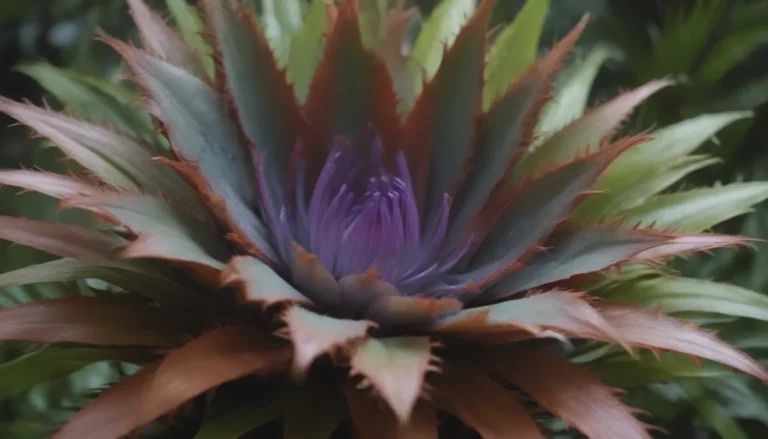The Essential Guide to Orchid Watering Techniques

Orchids are exquisite plants known for their stunning flowers and unique care requirements. If you’re new to orchid care or looking to refine your watering techniques, this guide is for you. In this comprehensive article, we’ll explore different methods of watering orchids based on their roots and potting mixtures. We’ll also discuss common mistakes to avoid and provide valuable tips for ensuring your orchids thrive.
So, grab your watering can and let’s dive into the world of orchid watering!
Understanding Orchid Watering Needs
Watering Frequency: Orchids generally need watering once a week during the winter and twice a week in warm, dry weather. Avoid letting your orchid go longer than two to three weeks without water to prevent it from drying out. However, different orchid species may have specific watering requirements, so it’s essential to follow species guidelines closely.
Top Tip: To keep your orchid hydrated throughout the week, consider watering it with three ice cubes (around 1/4 cup) per week. This method provides a measured amount of water without overwatering.
Epiphytic Nature: Most orchids grown in homes are epiphytes, meaning they naturally cling to trees or stones in nature. Their roots are highly specialized organs that differ significantly from other plants. Understanding their unique root structure is crucial for proper watering.
Mastering Orchid Watering Techniques
Reading Orchid Roots for Watering
Learning to read your orchid roots is essential for getting watering right. Orchids prefer to be slightly underwatered rather than overwatered. Overly wet roots can lead to rot and decline in the plant’s health.
Velamen Indicator: Orchid roots are surrounded by a thin membrane called velamen. Dry velamen appears white or silvery, while freshly watered velamen is green or mottled. Monitoring the color and texture of velamen can help you gauge your plant’s water needs.
Watering Methods: Orchids can be watered from the top or bottom, depending on their specific needs. Mounted plants generally require more water than unmounted ones. Consider the type of potting mix and drainage capacity when deciding on the watering method.
Orchid Watering Based on Potting Mixtures
Orchids are commonly potted in various materials, each requiring a distinct approach to watering. Let’s explore how to water orchids based on different potting mixtures:
– Bark or Wood Chips
- Initially repel water but can retain moisture when soaked in a container.
– Moss
- Offers good water retention but may hinder root aeration in sensitive orchids.
– Tree Fern Fiber
- Retains water well but loses efficiency as it decomposes.
– Perlite
- Provides excellent aeration and water retention properties without decaying.
– Gravel, Rocks, Charcoal or Clay Pellets
- Reusable media with poor water retention, requiring frequent watering.
Tip: Different potting media have varying water retention capacities. It’s essential to understand your orchid’s potting mix to tailor your watering schedule effectively.
Factors Influencing Orchid Watering
Several factors can affect your orchid’s watering needs, requiring a flexible watering schedule based on the following considerations:
- Species: Different orchid species have unique water requirements.
- Temperature: Hotter climates may necessitate more frequent watering.
- Humidity: Dry environments may require increased watering frequency.
- Airflow: Proper ventilation is crucial to prevent moisture-related issues.
Top Tip: Orchid care is all about balance, instinct, and patience. Observing your plant’s response to watering will help you fine-tune your watering routine for optimal growth.
Tips for Successful Orchid Watering
While there are no one-size-fits-all rules for watering orchids, incorporating these best practices can enhance your success:
- Water Thoroughly: Ensure water reaches the roots and drains freely from the pot.
- Check your Water: Use clean, room-temperature water to avoid harming your orchid.
- When in Doubt, Don’t Water: If unsure about your plant’s water needs, hold off on watering until the potting mix dries out.
Remember: Orchids thrive with consistency and appropriate hydration levels. Adjust your watering routine based on your orchid’s response to ensure optimal health.
Common Orchid Watering Mistakes to Avoid
While orchids are resilient plants, improper watering practices can harm their health. Here are some common mistakes to steer clear of when watering your orchids:
- Watering too often: Orchids prefer infrequent waterings to prevent root rot.
- Watering at night: A wet environment overnight can promote fungal growth in orchids.
- Ignoring plant cues: Wrinkled leaves or dry potting mix indicate your orchid needs water.
By avoiding these mistakes and following a tailored watering schedule, you’ll set your orchids up for robust growth and vibrant blooms.
Conclusion
In conclusion, mastering the art of orchid watering requires attentiveness, understanding of your plant’s needs, and a bit of trial and error. By incorporating the tips and techniques outlined in this guide, you can provide your orchids with the optimal moisture levels they need to thrive.
Remember to observe your orchid’s response to watering, adjust your routine as needed, and enjoy the beauty of these unique plants in your home. With the right care and attention, your orchids will reward you with stunning flowers and lush foliage for years to come.
So, go ahead and put your newfound knowledge into practice to become a confident orchid caretaker. Happy watering!





